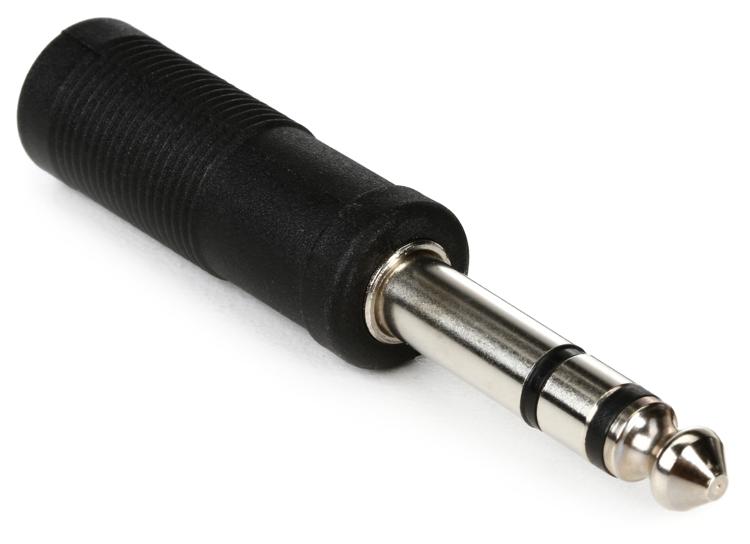The Soundcraft MTK is surprisingly good at what it does, if unsurprisingly a bit flimsily constructed (knobs feel cheap). As stated, the effects don’t have a dedicated channel over USB, but the routing is very flexible and you can always route the fx return through one of the stereo pairs and track that instead.
I bought the 22MTK as a temporary stand-in while I restore my old TAC Scorpion and I intended to use it only as a standalone mixer. However, I was quite pleased at the flexibility and sound quality of the board. My main interface is a MOTU 1248 AVB which has high-spec’ed converters and is wildly flexible and I have some nice outboard pres, dynamics and fx (Chandler TG2, Urei LA3A, Eventides). However, I have done tracks solely with the MTK - even the onboard pres - and have no qualms about including them side-by-side on the same album as songs produced with the higher-end stuff.
My only real complaints (other than the flimsy knobs) about the MTK:
1: No power switch - I use line conditioners, so don’t need a power switch - but it is a miserly omission.
2: No inserts - My biggest gripe about it. I deal with it by using the groups and bringing the processed signals back in on an unused channel. This is kind of a drag. 22 channels isn’t much in my studio, so I am not nuts about sacrificing those channels. However, you get what you pay for. If you aren’t going to be using a lot of outboard dynamics or EQs, it won’t be a problem for you.
3: Reduced signal level on the recorded tracks coming back out of the DAW over USB. This was a design choice in order to allow headroom for added EQ on mixdown. Okay, I get that - it is an entry level mixer and it can help prevent overloading. However, I wish this had been left up to the user to deal with. This is the complaint I hear voiced the most. However, I can live with it and it hasn’t prevented me from doing some excellent mixes on this little board. It helps to set up the gain so that tracking levels are as hot as possible without distorting and normalize the tracks once you’ve got 'em in the DAW (in other words, standard practice for good recordings regardless of what gear is used). One thing to note: you really gotta crank the gain pots with some microphones, but the pres are quiet and can handle it.
It’s a good buy, offering a lot of mixing and routing for the money. The effects are decent, the pres won’t let you down (even if they are nothing to write home about) and I’ve even used the built-in dbx limiters to tame some wayward spiky levels (I’m lookin’ at you, Machinedrum!). If you use plugins, you can run them as inserts - a nice bonus! Latency figures are excellent.
It’s not perfect and clearly built to a price point, but the trade-offs are well chosen. It is an analog board, so no automation, recall, or anything else that a good digital board like the Qu series can offer, but the price is hard to beat. In fact, it does the job so well that I have been procrastinating restoring the TAC since I got it!



